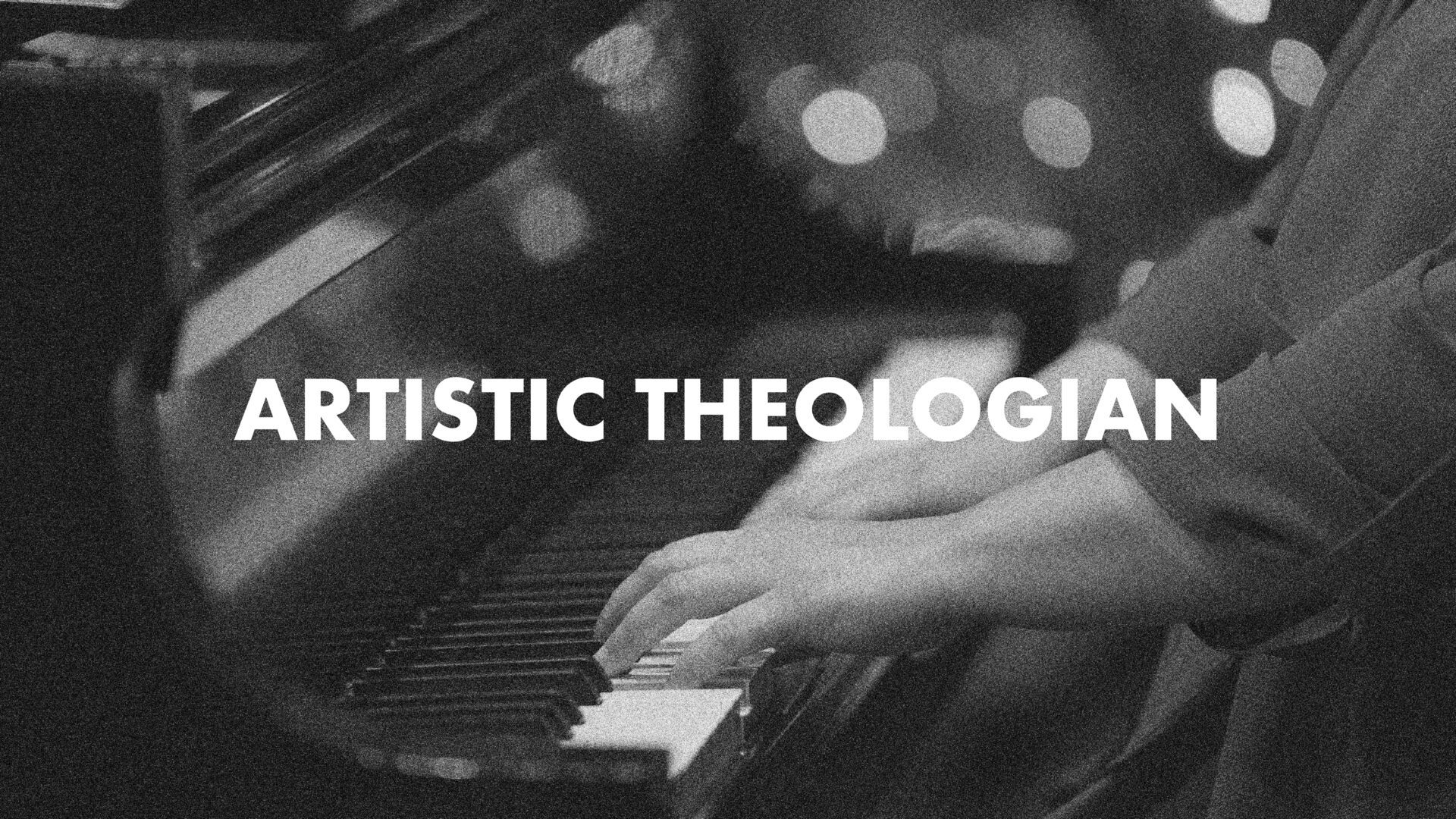
Biblical Theology: Past, Present, and Future (I)
Southwestern Journal of Theology
Volume 55, No. 2 – Spring 2013
Managing Editor: Terry L. Wilder
Edited by Chris Keith and Larry W. Hurtado. Grand Rapids: Baker Academic, 2011. xxiii + 328 pages. Paperback, $26.99.
Chris Keith (Lincoln Christian University) and Larry Hurtado (University of Edinburgh), present a fascinating investigation. This edited volume of essays explores what one can learn about the historical Jesus from both his friends and enemies. It is a novel idea even though Scot McKnight and Joseph Modica already edited a study of Jesus’ enemies accusations (xiii).1 Of course, the canonical Gospels contain information about Jesus that is both correct by his friends and incorrect by his enemies (2).
In each essay the author traces the information about each friend or enemy (or group of them, such as the Jewish leaders) from outside of Scripture and then from inside of Scripture. The outside sources include Jewish rabbinical writings, secular writers, the Apocrypha, pseudepigrapha, and agrapha (sayings of Jesus not contained in the four Gospels).
The essay writers are all published scholars in the area of Jesus research, such as Richard J. Bauckham, Michael F. Bird, Warren Carter, Anthony Le Donne, the two editors, and six others. Although the majority of these scholars are from the United Kingdom, there is a good variety of educational institutions represented.
The premise of the book is strong: the Gospels’ full pictures of Jesus include the historical context as well as their portrayals of Jesus’ friends and enemies (269). For instance, one gains much knowledge about Jesus in his arguments with the Jewish religious leaders (189). Each essay follows the same format of examining the noncanonical literature and then examining the Gospels one by one, which provides a helpful consistency in the study.
Periodic callout explanations are beneficial for students and lay people, covering basic explanations of subjects such as the Nag Hammadi Library (128), Caiaphas’ Ossuary (229), Criteria Used in the Quest for the Historical Jesus (82), and Enochic Literature (190-91). However, some descriptions were simply too short, such as The “Longer Ending” of Mark (135) and The Jesus Seminar (154)— the latter one woefully lacking any negative criticism of that controversial group of Gospel critics.
A nice surprise was the concluding chapter. Rather than summarizing the previous essays, which editors of this type of book frequently do, Keith and Hurtado summarize and analyze recent trends in the Third Quest for the historical Jesus. The good news is the growing rejection of flawed criteria (that had led to claims that certain Gospel texts are inauthentic) and a positive emphasis on returning to the text itself. The bad news (from this reviewer’s perspective) is the skepticism many scholars continue to have of the accuracy of the Gospel texts (287, fn. 61). The editors describe three current trends that indicate a return to the text: (1) modifications to the criterion of dissimilarity (276-81), (2) recognition of the failure of the criterion of inauthenticity (281-84), and (3) an examination of the Gospel texts as early Christian memory of Jesus (284-87).
Even though there is a connecting theme of returning to the text of the Gospels, unfortunately there are occasional disparagements on the historicity of what the texts mention. For instance, Anthony Le Donne claims the Gospels exaggerate how bad Jesus’ enemies were (206-07). Michael Bird (67) and Helen K. Bond (223, 234) believe the accounts of John the Baptist’s death were greatly embellished. Bond also claims the Gospel writers concocted elements in Jesus’ trial narratives (228, 232, 241).
The primary weaknesses of this book are twofold. First, the subject matter is so vast that space does not allow adequate exegesis of the relevant Biblical texts. Second, there is inadequate application. The conclusions for each chapter were woefully brief—like the conclusions in many current undergraduate student term papers. At the end of each chapter, the reader is often left wondering, “So what? What does one do with this data?” For instance, what is the importance of Lazarus, Mary, and Martha being Jesus’ friends when the Gospels rarely mention other friends of his? What does their friendship reveal about Jesus? The chapter on Jesus’ family does not contain a conclusion section (125), so these questions remain unexplored. Other unexplored questions include: what effect did having an unbelieving family have on Jesus? What may have led to the apparent unbelief of his siblings prior to his resurrection? Granted, the answers to these questions are speculative, but they remain within the purview of this book.
Although this essay collection could have delved deeper, it is nevertheless a volume that can be helpful to pastors, students, and teachers. The premise of this book could make a good sermon series, and it certainly reveals helpful information about Jesus.
- [1] Scot McKnight and Joseph B. Modica, Who Do My Opponents Say that I am? An Investigation of the Accusations against Jesus (NY: T & T Clark, 2008). ↩︎





